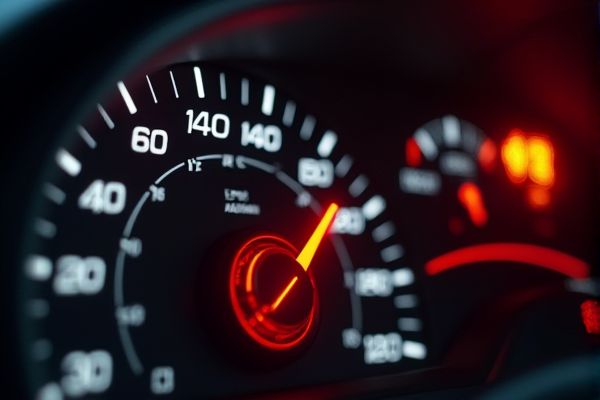
The Kia Stonic's check engine light indicates that one or more sensors or systems, such as the emission control or engine performance components, may be malfunctioning and require attention. Prioritizing data through an OBD-II diagnostic scan is crucial, as it retrieves specific error codes that pinpoint issues like faulty oxygen sensors, misfires, or fuel system problems, enabling targeted repairs to maintain optimal vehicle performance.
Kia Stonic check engine light on meaning
Loose or Damaged Gas Cap
A loose or damaged gas cap can cause fuel loss and trigger the check engine light by affecting the fuel system's pressure.
Damaged Spark Plugs
Spark plugs are crucial for igniting the air/fuel mixture; damaged ones can lead to engine misfires and illuminate the check engine light.
Faulty Catalytic Converter
A failing catalytic converter can cause the check engine light to come on due to issues with emissions equipment.
Dirty or Faulty Airflow System (MAF Sensor)
A malfunctioning mass airflow sensor can lead to incorrect air/fuel mixture readings, triggering the check engine light.
Worn Ignition Coil
Ignition coils failing to deliver the necessary voltage can cause spark plug issues, leading to the check engine light.
Knock Sensor Issues
A faulty knock sensor can cause the engine to go into limp mode and trigger the check engine light.
For car users
If your Kia Stonic's check engine light comes on, immediately slow down, drive cautiously, and pull over safely--especially if you notice any unusual noises or performance issues--to prevent potential further damage. Next, check for simple issues like a loose gas cap and, if possible, use an OBD-II scanner to retrieve error codes or quickly consult a trusted mechanic for a prompt diagnosis and necessary repairs.
Ignoring the check engine light
Ignoring the Kia Stonic's check engine light can lead to progressive engine damage, reduced fuel efficiency by up to 10%, and escalating repair costs--potentially reaching thousands of dollars if issues like catalytic converter failure go unchecked. Regular diagnostic checks using an OBD-II scanner are crucial to detect underlying problems early, ensuring sustained engine performance, optimal emissions control, and overall vehicle safety.
How to reset?
To reset the check engine light on a Kia Stonic, connect a professional OBD-II scanner to the vehicle's diagnostic port (usually located beneath the steering column) to read, diagnose, and clear any fault codes after ensuring that all identified issues have been repaired or verified as non-critical. Alternatively, you can disconnect the battery for 15 minutes to reset the system manually, but this method is less precise and may require you to re-initialize other electronic systems in the car.
Data shows that a basic diagnostic scan for a Kia Stonic with an illuminated check engine light typically costs between $80 to $150, while subsequent repair expenses can range from $200 to over $1000 depending on issues like faulty sensors, emissions system problems, or engine misfires. Immediate, thorough evaluation is critical to pinpoint whether routine component replacements or more extensive repairs are necessary, ensuring optimal performance and long-term vehicle reliability.
Future prevention
Regularly inspect and maintain engine systems by adhering to Kia's scheduled service intervals, promptly fixing issues such as faulty sensors, loose gas caps, or engine misfires to prevent error codes that trigger the check engine light. Additionally, use the recommended fuel grade, monitor fluid levels, and heed onboard diagnostic data to ensure engine efficiency and avoid potential damage that could illuminate the warning light.
